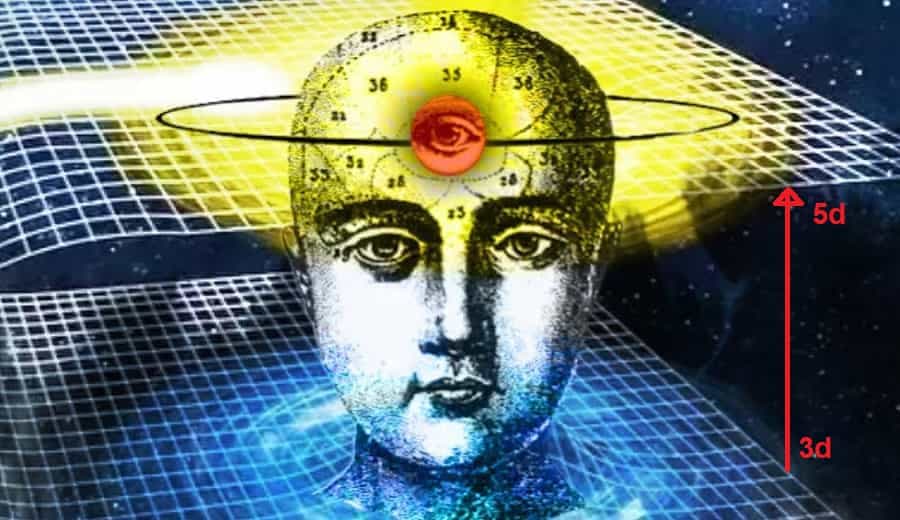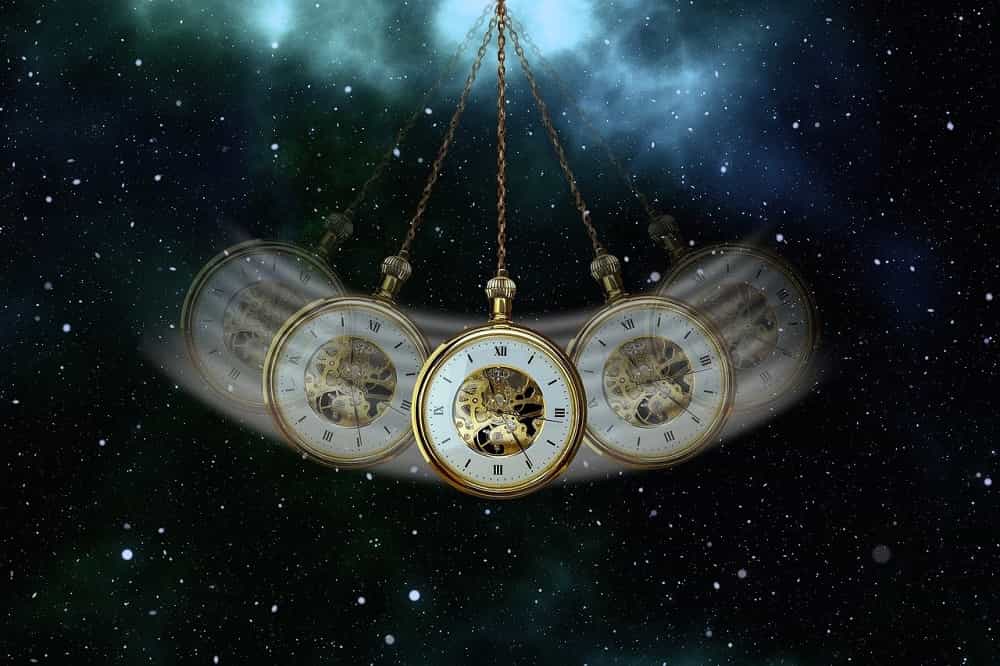Legends of the Night: The European Vampire Myth's Mysterious Origins
In a truly shocking discovery that left all observers utterly flabbergasted, archaeologists unearthed an astonishing find within the ancient confines of a 17th-century Polish cemetery, sending ripples through the world of archaeology. Contrary to any rational expectation, the skeletal remains that emerged from the earth did not belong to a mere mortal woman; instead, they unveiled the cryptic secrets of a bloodthirsty nocturnal entity—an unmistakably female vampire.
Intriguingly, even for those who may not subscribe to the existence of vampires, a startling revelation emerged during the scrutiny of this ancient skeleton. Archaeologists, upon meticulous examination, uncovered a peculiar phenomenon – its front teeth bore a striking resemblance to the fangs often attributed to vampires in folklore. According to historical accounts, during the 11th century in certain regions of Europe, a pervasive fear gripped the populace.
Read:-Vampires In Scotland - The Evil Monk Of Melrose Abbey
This fear, rooted in the belief that the deceased could potentially rise as vampires and thirst for the blood of the living, led to a unique burial practice. To prevent the reanimation of the deceased as bloodthirsty creatures, an unconventional custom emerged, known as the anti-vampire ritual. When laying their departed to rest, communities would secure a sickle around the neck of the deceased. The rationale behind this macabre precaution was clear: in the event of a return from the afterlife, the head would be severed, effectively thwarting any resurrection from the realm of the deceased. By the 17th century, the belief in vampires and associated burial practices had indeed become more widespread, not only in Poland but in various parts of Europe.
The find, which defied conventional expectations, opened a door to a realm of folklore and legend. The skeletal remains bore peculiarities that set them apart from the typical burials of the era. Fanged teeth and distinctive burial rituals hinted at a history steeped in superstition and fear.
Archaeologists and historians were immediately intrigued, as the discovery promised a deeper understanding of the cultural beliefs and practices of the time. The burial site, once assumed to be an ordinary resting place, now held a mysterious occupant, challenging preconceived notions about the society that interred her.
Read:-Lafayette Cemetery (A Vampire’s Grave): The Vampiric Connection
Scientists eagerly embarked on a rigorous examination of the remains, employing cutting-edge techniques to extract every possible detail from the bones. Carbon dating and DNA analysis were employed to establish the skeleton's age and biological origins. Meanwhile, forensic anthropologists meticulously studied the teeth and cranial features, confirming the presence of elongated canines indicative of vampire lore.
Historical documents and local legends were scrutinized in an effort to shed light on the enigmatic figure. It soon became apparent that this discovery held the potential to rewrite the narrative of 17th-century Eastern European beliefs surrounding the supernatural.
Speculation ran wild. Was she a feared figure in the community, ostracized and buried with cautionary rituals meant to ward off her malevolent spirit? Or could she have been a victim of a cruel superstition, laid to rest in a manner befitting a vampire, her identity forever tainted by baseless fears?
As the research continued, a vivid picture emerged of a society grappling with its own beliefs and fears, where the line between reality and the supernatural blurred. This female vampire, once relegated to the realm of legend, now stood as a tangible link to a past where folklore and reality intertwined.
Read:-Buckfastleigh Church: The Mystery Of Cabell's Tomb
The discovery captivated not only the academic community but also captured the public imagination, igniting a renewed interest in the intersection of archaeology, history, and folklore. The enigma of the 17th-century Polish vampire woman serves as a powerful reminder that history is a tapestry woven with threads of both fact and legend, challenging those who dare to unravel its mysteries.


























